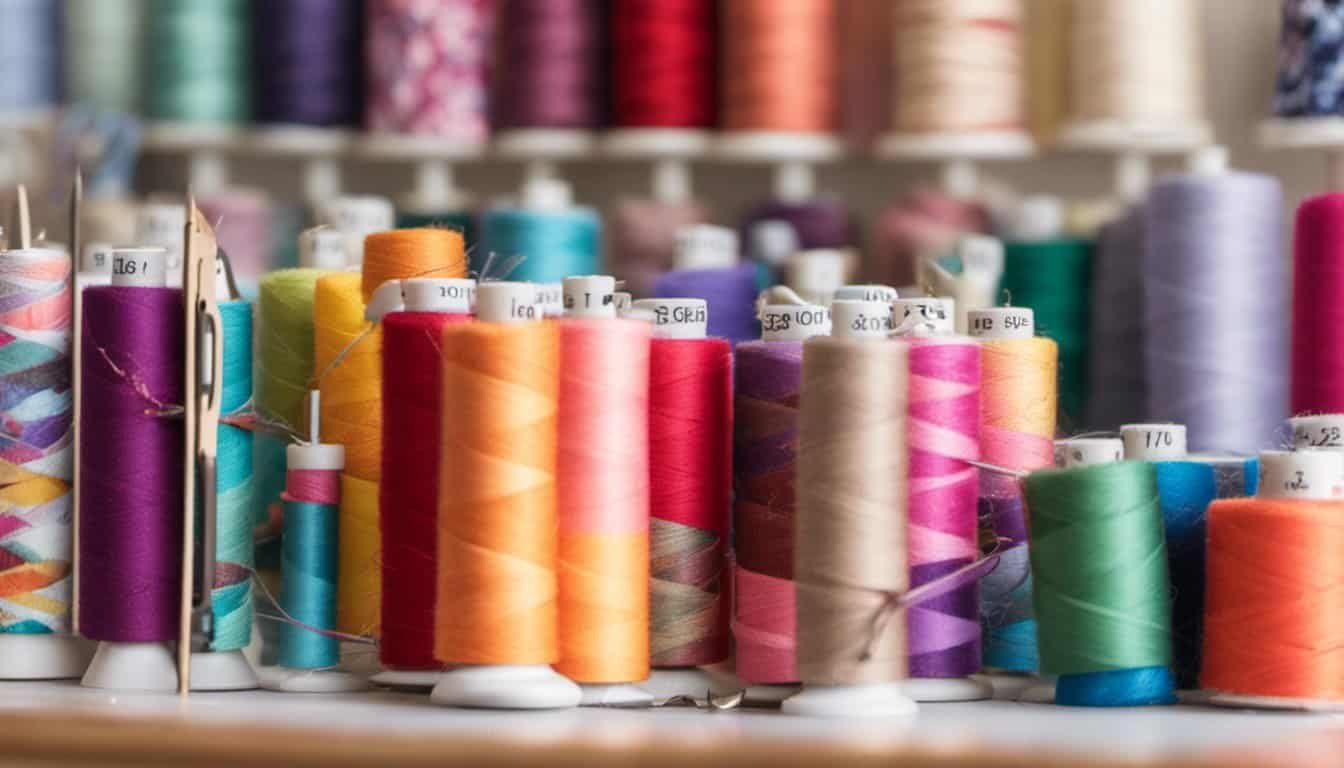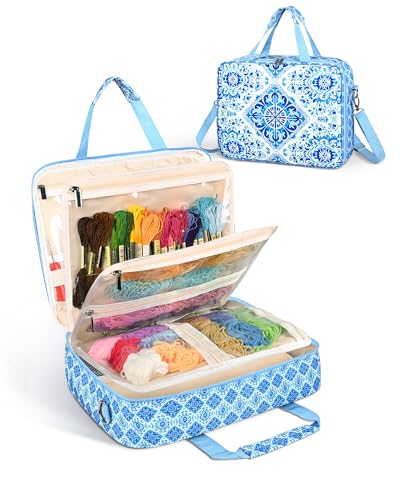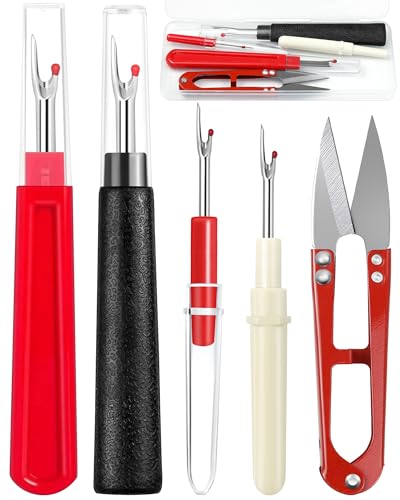Ever find yourself rummaging through a tangled mess of thread and fabric scraps, desperately searching for that one elusive button? You’re not alone. Keeping your sewing supplies organized can feel like an uphill battle, but it doesn’t have to be. With a few clever storage solutions, you can transform your chaotic craft space into a haven of creativity and efficiency.
Imagine reaching for your favorite pair of scissors and knowing exactly where they are every time. Whether you’re a seasoned seamstress or just starting out, having a well-organized sewing area can make all the difference. Let’s explore some of the best ways to store your sewing supplies, so you can spend more time doing what you love and less time searching for that missing spool of thread.
Overview of Sewing Supply Storage
Keeping your sewing supplies organized can transform your craft area into an efficient workspace. Whether you’re an expert or just starting out, effective storage is key.
The Importance of Organized Storage
Organized storage enhances productivity. When supplies are easy to find, you can focus more on your projects and less on searching for items. A neat workspace prevents frustration and mistakes, saving you time and effort.
Types of Sewing Supplies to Consider
Different storage solutions fit various sewing supplies. Consider these common categories:
- Fabrics: Store by type or color. Use shelves or clear bins.
- Threads: Use thread racks or drawer organizers.
- Needles: Keep in labeled cases.
- Patterns: Use folders or pattern hangers.
- Tools: Place scissors, rulers, and rotary cutters in tool caddies.
Selecting the right storage improves your sewing experience and helps maintain a tidy space.
Best Storage Solutions for Small Spaces
Maximizing your sewing space, no matter how limited, requires ingenuity and smart solutions. Utilizing every square inch helps keep your supplies organized and easily accessible.
Using Vertical Spaces Efficiently
Use vertical storage to make the most of your space. Wall-mounted pegboards with hooks can hold tools like scissors, rulers, and rotary cutters. Install floating shelves to store fabric bundles, project boxes, and pattern books. Hang clear pocket organizers on doors to store smaller items like buttons, zippers, and thread spools. Magnetic strips for metal tools and small bins attached to walls keep your workspace tidy.
Compact Storage Options
Compact storage options provide efficient, space-saving solutions for your sewing supplies. Stackable plastic containers ensure that everything has a dedicated place. Drawer organizers with adjustable dividers keep notions like pins, needles, and thread separated and easy to find. Rolling carts with multiple tiers offer portable storage, allowing you to move your supplies wherever you work. Invest in collapsible storage boxes that you can tuck away when not in use, keeping your area clutter-free.
Innovative Storage Solutions
Keeping your sewing supplies organized boosts productivity and creativity. Using innovative storage solutions optimizes your space and makes every tool easy to find.
Magnetic Strips for Metal Items
Mount magnetic strips on walls or the side of a workbench. Make sure they’re strong enough to hold scissors, needles, and other metal tools. Arrange items by size or function to keep your workspace tidy.
Clear Storage for Easy Visibility
Opt for clear storage containers to see your materials at a glance. Use clear bins for fabric scraps, buttons, and thread spools. Label each container to quickly locate what you need. Stackable clear containers maximize vertical space and maintain a clutter-free area.
Sustainable and DIY Storage Options
Sustainable and DIY storage options offer eco-friendly and creative solutions for organizing your sewing supplies. Utilize these methods to reduce waste and tailor storage to your specific needs.
Reusing Household Items
Reusing household items for sewing storage is cost-effective and environmentally friendly. Glass jars are perfect for storing buttons, beads, or small threads. Egg cartons can hold small, frequently used tools like needles and bobbins. Utilize shoe boxes for fabric scraps. Transform muffin tins into organizers for different-sized notions. Repurpose old mugs or cans into holders for scissors, markers, and rulers. These household items help keep your sewing area tidy without extra spending.

Creating Custom Storage Solutions
Creating custom storage solutions allows you to personalize your sewing space according to your needs. Build a pegboard with hooks to hang tools and materials. Install a wall-mounted thread rack using wooden dowels to keep spools organized and visible. Utilize fabric bins or baskets to store larger items. Construct a magnetic strip on your sewing table to hold pins and needles securely. Craft a rolling cart with divided sections for easy access to all your essentials. Custom storage solutions can significantly improve your workspace efficiency.
Tips for Maintaining and Organizing Your Supplies
Keeping your sewing supplies well-organized ensures a smooth and enjoyable sewing experience. Following these tips can help you maintain an efficient sewing space.
Labeling Systems
Using a clear labeling system for your supplies can save time and effort. Labels help quickly identify items, preventing wasted time searching.
- Labels for Containers: Label jars, boxes, and bins (e.g., “buttons,” “threads,” “needles”) to quickly locate supplies.
- Color-Coded Labels: Use different colors for various categories (e.g., blue for threads, red for fabric) to streamline finding items.
- Machine-Printed Labels: Employ a label maker to produce clean, legible labels for easy reading.
- DIY Chalk Labels: Use chalkboard labels on reusable containers; it’s easy to re-label when contents change.
Regular Maintenance Tips
Keeping your sewing area organized requires regular upkeep. Follow these maintenance tips to ensure your supplies remain in top condition.
- Clean Surfaces Weekly: Wipe down surfaces to remove dust and fabric residues. Clean areas prevent material buildup and prolong the life of your supplies.
- Check Supplies Monthly: Inspect frequently used supplies like threads, needles, and scissors. Replace any damaged or worn items.
- Declutter Quarterly: Go through your supplies every few months, tossing out duplicates or items you no longer need. Regular decluttering maintains organization.
- Rotate Stock Seasonally: Bring seasonal fabrics and supplies to the forefront, and store out-of-season materials. Rotations ensure you have what you need readily available.
Following these tips on labeling and maintenance will keep your sewing area organized and efficient, enhancing your crafting experience.
Conclusion
« Is Sewing a Good Business? Discover the Surprising Profit Potential in Custom Apparel
10 Expert Tips on How to Prevent Bunching While Sewing for Flawless Projects Every Time »
Keeping your sewing supplies organized can transform your crafting experience. By implementing thoughtful storage solutions, you’ll find your workspace more efficient and enjoyable. Remember to use vertical storage, sustainable options, and personalized systems to fit your needs. Regular maintenance and labeling can keep your area clutter-free and ready for any project. Happy sewing!

















